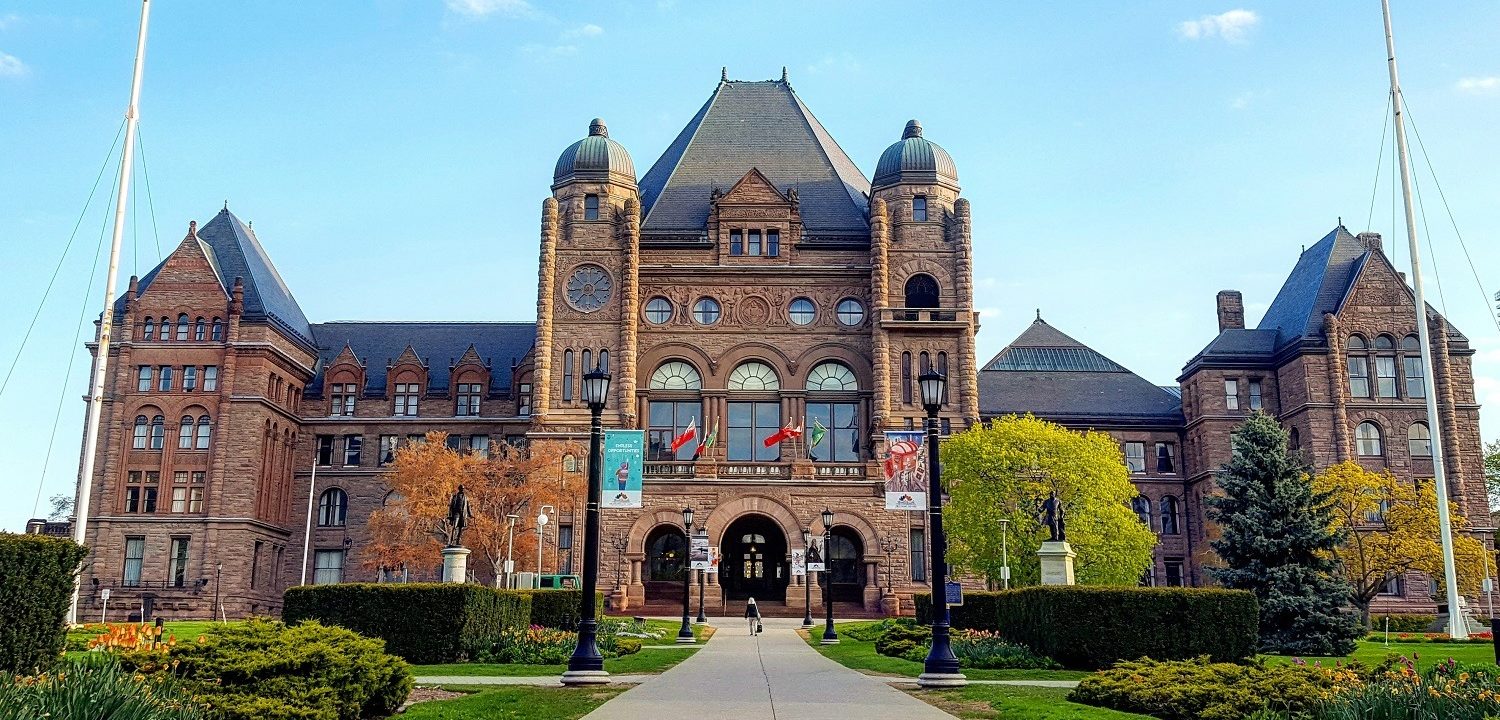
Public schools will remain closed to teachers until Friday, May 1, 2020, and to students until Monday, May 4, 2020. As these dates come closer, this decision will be re-evaluated based on public health advice. The closure may be extended if necessary to protect the health and safety of students, families and staff.
Private schools, licensed child care centres and EarlyON programs will also remain closed until April 13, according to the Declaration of Emergency, which only allows closures to be extended for one 14-day period at a time. Select centres designated to support frontline health care workers and first responders will remain open.
The Ontario first ordered all publicly funded school closures on March 12th. The closures were effective March 23 through to April 5, 2020.
“The decision to extend school closures was not made lightly. We know from the medical experts that the next two weeks will be critical in the fight against COVID-19 and that’s why we’re taking further action to keep our kids safe and healthy by having them stay home,” said Premier Ford. “At the same time, we cannot put the school year in jeopardy. That’s why we’re providing additional tools for at-home learning and ensuring students from kindergarten to Grade 12 to postsecondary education can finish their academic year and get the credits they need to graduate.”
Education Minister Stephen Lecce announced that there will be teacher-led at-home learning, i.e. is the government is launching the second phase of Learn at Home. Earlier TVO launched an online free learning program as part of the Ontario Ministry of Education’s Learn at Home program.
The second phase of Learn at Home is being developed in conjunction with education partners. According to the news release, “the government is establishing clarity for parents, enhancing education supports, and creating opportunities for teachers and educators to connect with students.”
Stephen Lecce said that teachers will prepare report cards and grade students according to the work submitted.
Minister Lecce said, “We will do whatever it takes to keep students safe from COVID-19 – which is why we have extended the school closure period and why we have unveiled a teacher-led program that keeps students learning while at home. By providing clarity for parents, enhancing support for students and enabling the teacher-student relationship, we are ensuring our children continue to safely learn – providing some sense of stability and hope for them amid this difficulty.”
Learn at Home School Guidelines During Ontario School Closures
English and French-language materials will be added to Learn at Home on a regular basis to provide new and compelling content throughout this period. Recent updates include supplemental STEM learning resources created by third-parties and a parent resource that is focused on reading and writing.
The second phase of Learn at Home features a new set of expectations for the education community, including:
- Reconnecting students with teachers and other school staff, including mental health workers;
- Re-establishing teacher-led learning by grade groupings as follows:
- Kindergarten-Grade 3: five hours of work per student/week (focus on literacy and math)
- Grades 4-6: five hours of work per student/week (focus on literacy, math, science and social studies)
- Grades 7-8: 10 hours of work per student/week (focus on math, literacy, science and social studies)
- Grades 9-12: three hours of work per course per week for semestered students; 1.5 hours of work per course per week for non-semestered students (focus on achieving credits/completion/graduation)
- Leveraging digital resources and identifying alternative forms of teacher-student connectivity, such as phone and mail;
- Developing a program of training for educators to support them in virtual learning delivery;
- Requiring final report cards for all students;
- Prioritizing and supporting students on track to graduate;
- Distributing laptops and/or devices from schools as needed, while observing public health direction;
- Maintaining a responsive posture for health care and community partner requests; and
- Establishing formal COVID-19 working groups with education sector unions to work together, share ideas and to find solutions in the support of students.
Other Initiatives
The government said that it will leverage partnerships with the telecommunication sector to provide innovative, low-cost and high-impact solutions to solve the equity challenges facing some students across Ontario.
The government of Ontario also said that it temporarily deferring payments for Ontario Student Assistance Program (OSAP) loans.
More details to come.







































